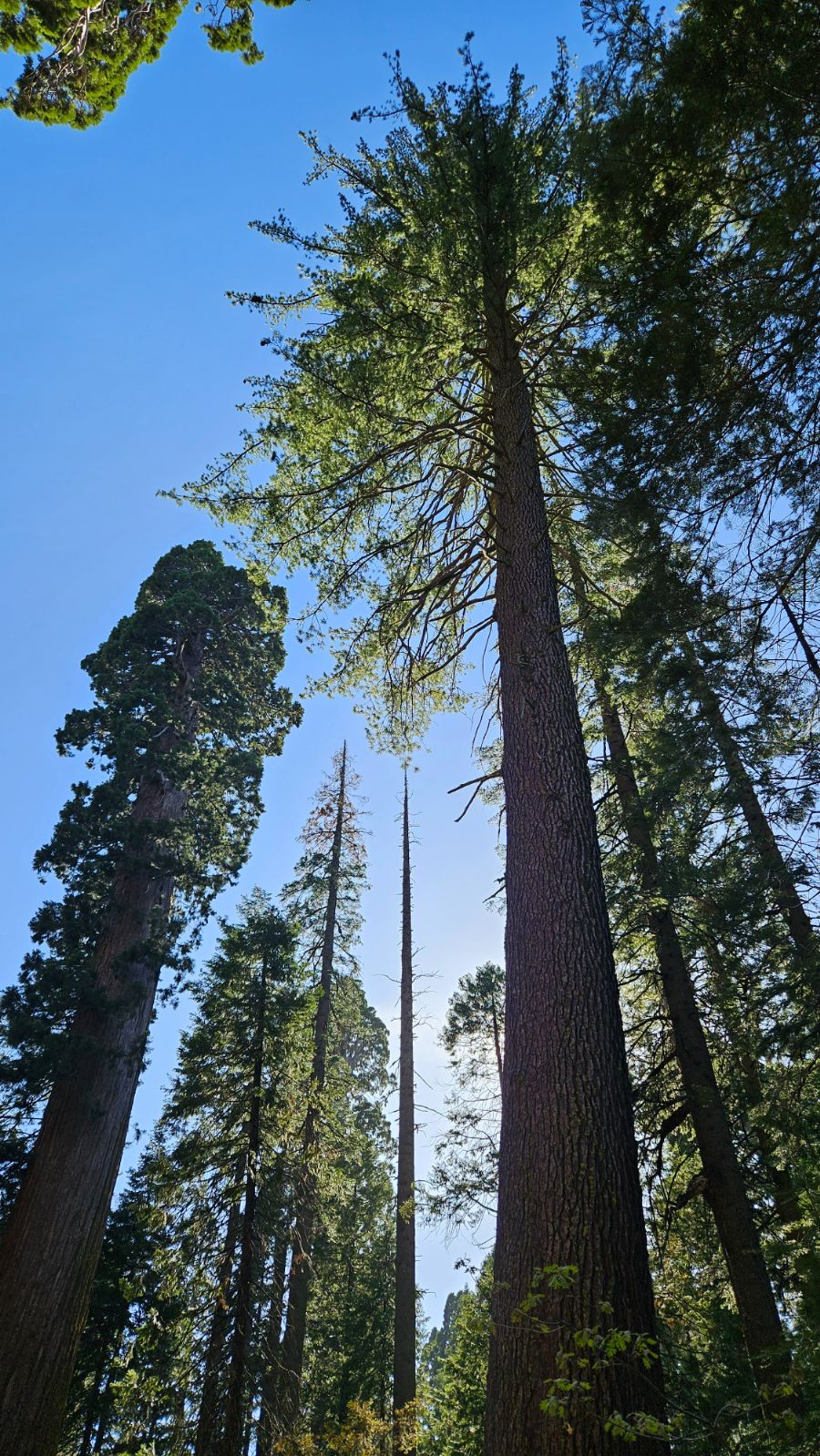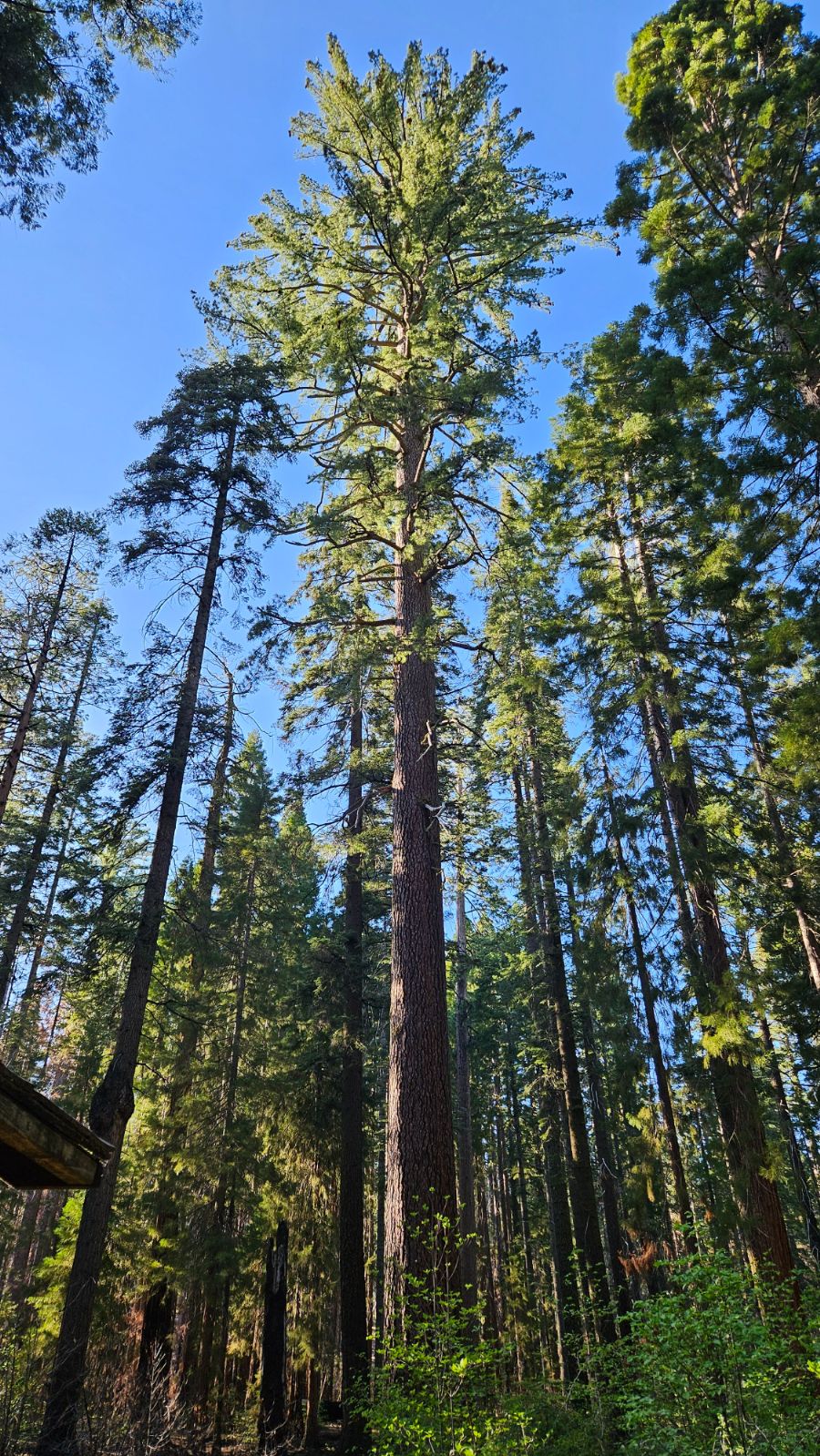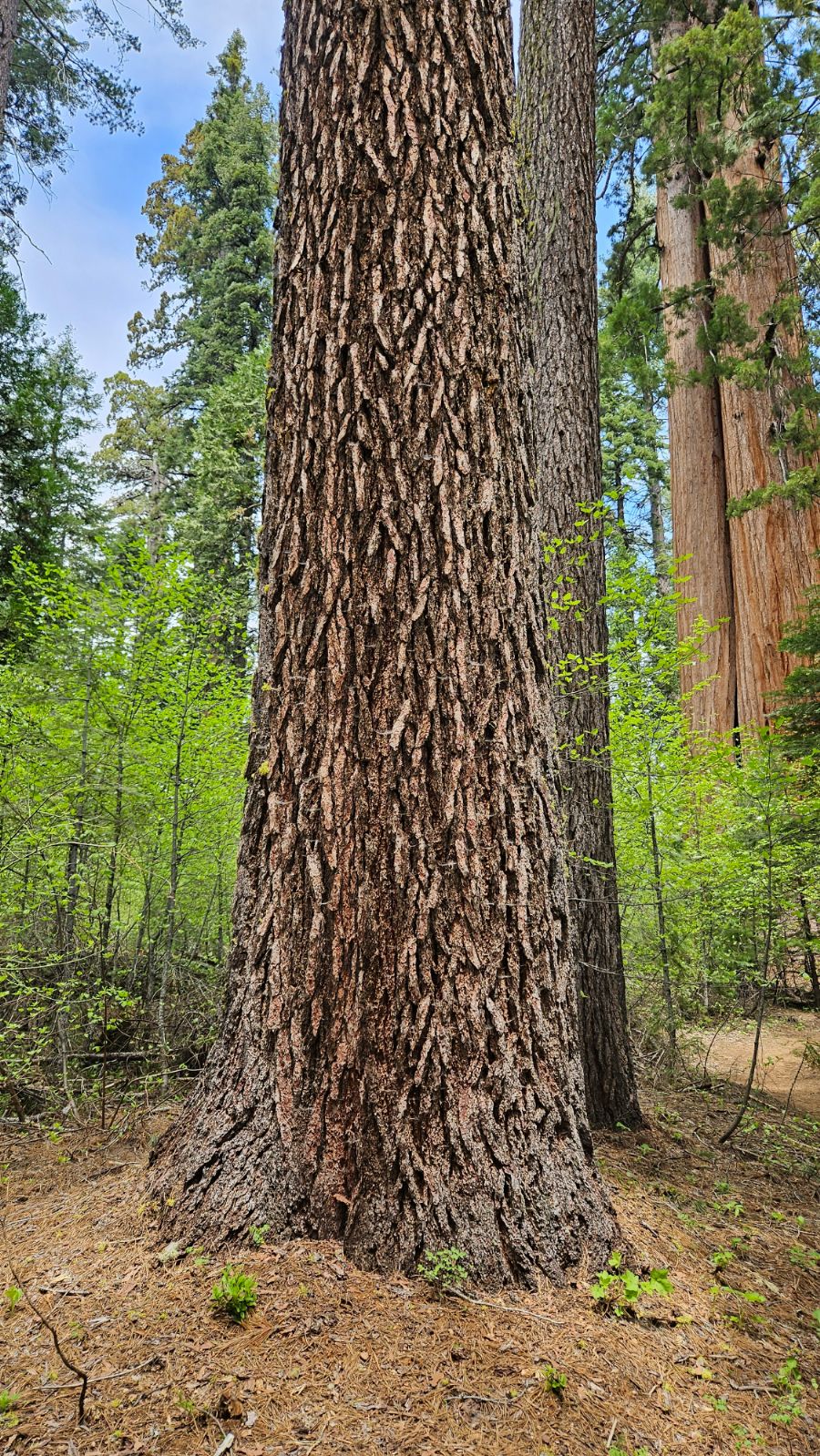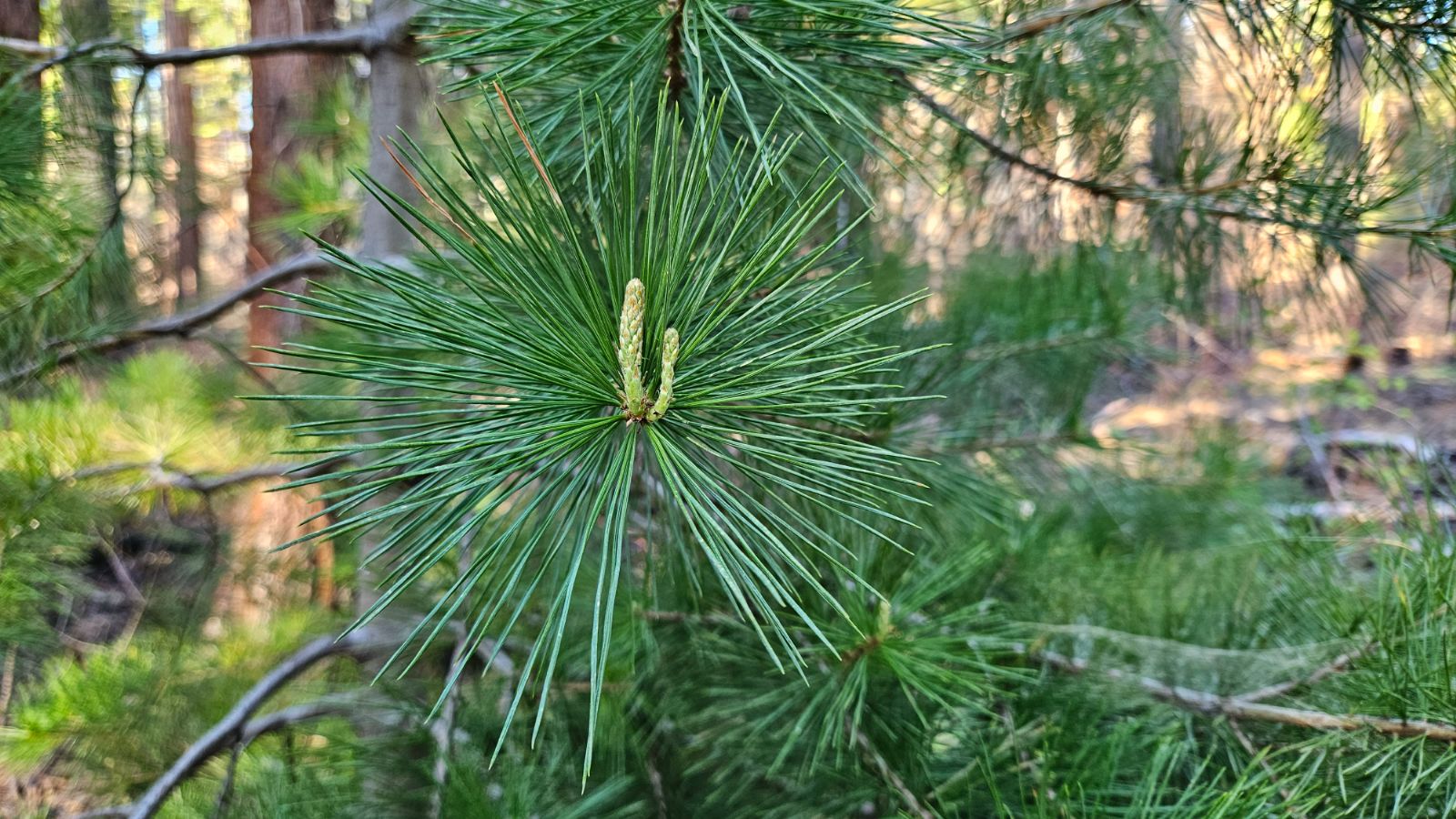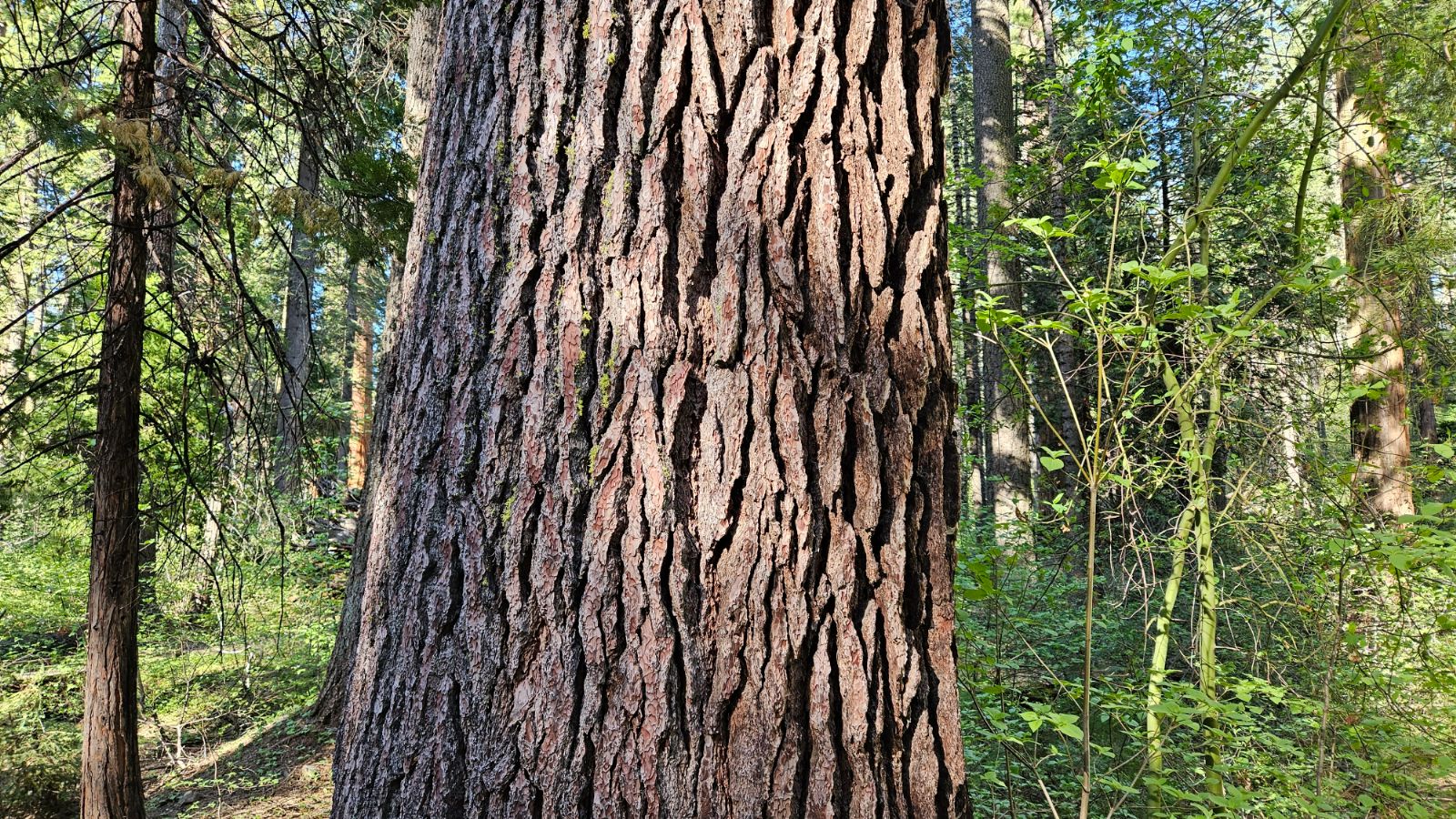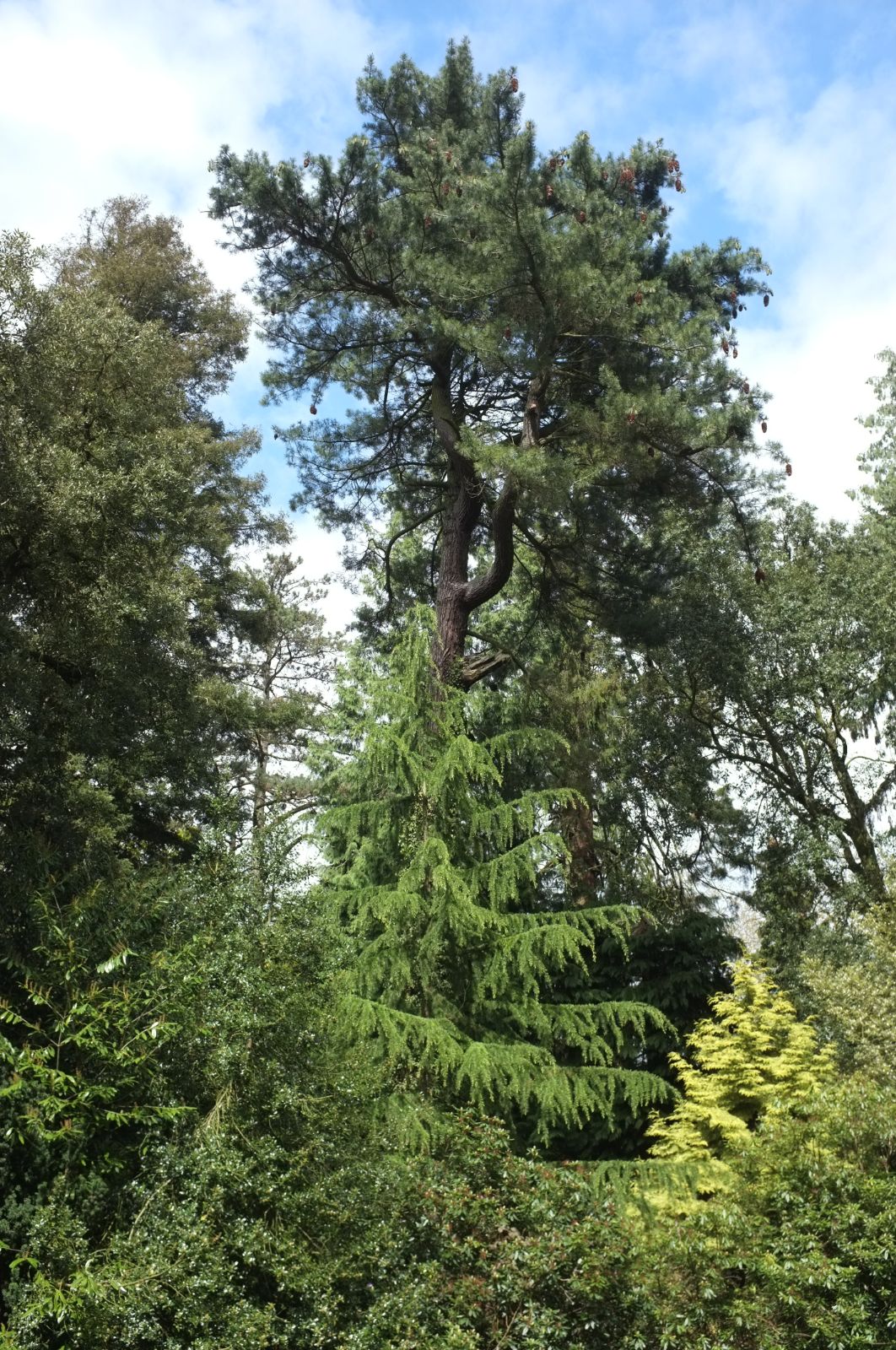Pinus lambertiana
Credits
Article from Bean's Trees and Shrubs Hardy in the British Isles
Recommended citation
'Pinus lambertiana' from the website Trees and Shrubs Online (treesandshrubsonline.
Genus
Common Names
- Sugar Pine
Other taxa in genus
- Pinus albicaulis
- Pinus arizonica
- Pinus armandii
- Pinus attenuata
- Pinus ayacahuite
- Pinus balfouriana
- Pinus banksiana
- Pinus bhutanica
- Pinus brutia
- Pinus bungeana
- Pinus canariensis
- Pinus cembra
- Pinus cembroides
- Pinus chiapensis
- Pinus contorta
- Pinus coulteri
- Pinus culminicola
- Pinus densata
- Pinus densiflora
- Pinus devoniana
- Pinus durangensis
- Pinus echinata
- Pinus edulis
- Pinus elliottii
- Pinus engelmannii
- Pinus eremitana
- Pinus flexilis
- Pinus gerardiana
- Pinus greggii
- Pinus × hakkodensis
- Pinus halepensis
- Pinus hartwegii
- Pinus heldreichii
- Pinus henryi
- Pinus × holfordiana
- Pinus hwangshanensis
- Pinus jeffreyi
- Pinus johannis
- Pinus koraiensis
- Pinus leiophylla
- Pinus longaeva
- Pinus massoniana
- Pinus maximartinezii
- Pinus monophylla
- Pinus montezumae
- Pinus monticola
- Pinus morrisonicola
- Pinus mugo
- Pinus muricata
- Pinus nelsonii
- Pinus nigra
- Pinus oocarpa
- Pinus orizabensis
- Pinus palustris
- Pinus parviflora
- Pinus patula
- Pinus peuce
- Pinus pinaster
- Pinus pinceana
- Pinus pinea
- Pinus ponderosa
- Pinus pseudostrobus
- Pinus pumila
- Pinus pungens
- Pinus quadrifolia
- Pinus radiata
- Pinus remota
- Pinus resinosa
- Pinus rigida
- Pinus roxburghii
- Pinus sabiniana
- Pinus serotina
- Pinus sibirica
- Pinus strobiformis
- Pinus strobus
- Pinus sylvestris
- Pinus tabuliformis
- Pinus taeda
- Pinus taiwanensis
- Pinus teocote
- Pinus thunbergii
- Pinus torreyana
- Pinus virginiana
- Pinus wallichiana
- Pinus wangii
- Pinus yunnanensis
A tree 70 to sometimes well over 200 ft high, and with a trunk 3 to 8 ft in diameter; young shoots minutely downy; winter-buds 1⁄4 in. long, usually round or blunt at the apex, the scales closely flattened. Leaves in fives, falling the third year, 3 to 41⁄2 in. long, minutely toothed at the margins, bluish green, often spirally twisted; leaf-sheaths 1⁄2 to 5⁄8 in. long, soon falling completely away. Cones borne at the ends of the uppermost branches, 12 to 20 in. long, about 3 in. thick before expanding, the woody scales 2 to 21⁄2 in. long, with a broadly pointed apex. Seeds 1⁄2 to 3⁄4 in. long, nutty in flavour, the wing nearly twice as long.
Native of western N. America, in Oregon and California; introduced in 1827 by Douglas, who had also discovered it. It is probably the noblest of all pines. The popular name refers to a sugary exudation from the trunk. In this country it has rarely borne its remarkable cones. It is allied to, as well as a neighbour of, P. monticola, but besides the differences in cones, the buds are more rounded and the leaf is more sharply pointed in P. lambertiana. From P. strobus its uniformly downy shoots distinguish it. It likes a sheltered situation and a good loamy soil. Even then it grows but slowly, yet is handsome nevertheless. Unfortunately, P. lambertiana is susceptible to the white pine blister-rust (see P. strobus), and all the old specimens in Britain are dead. A tree at Dropmore, Bucks, planted in 1843, measured 95 × 11 ft when it died in 1950.
From the Supplement (Vol. V)
specimens: Hawkstone Park, Shrops., a coning tree, 95 × 10 ft (1984); Tannadyce, Angus, 40 × 21⁄4 ft (1981).

